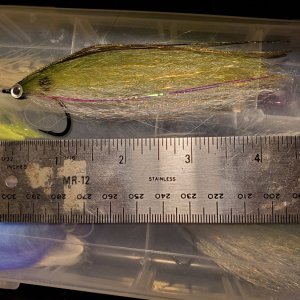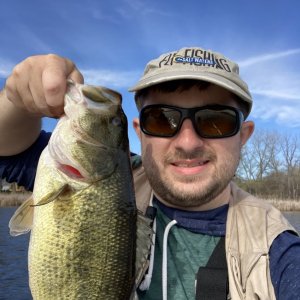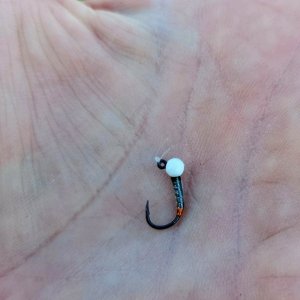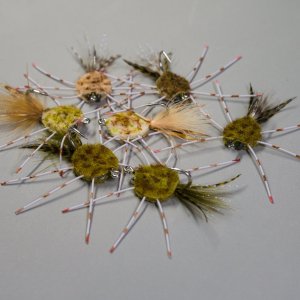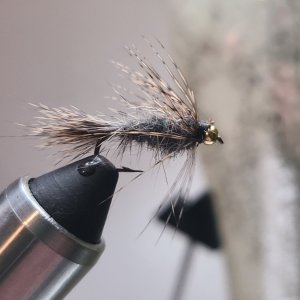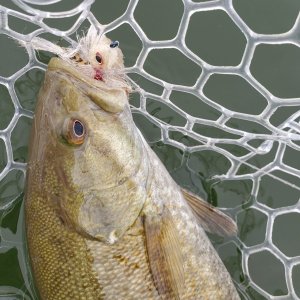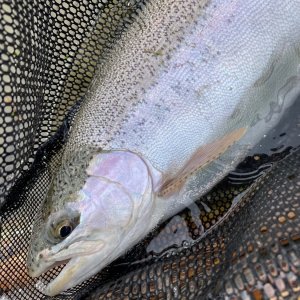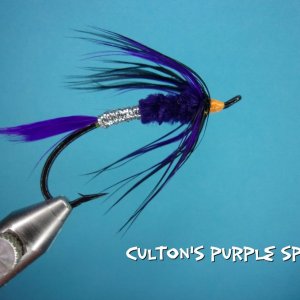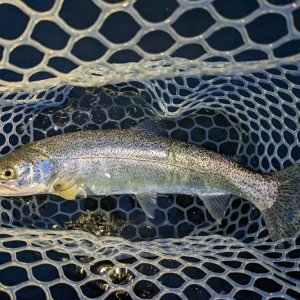wetline dave
Steelhead
WDFW's policy for many years if there is a larger than expected run of fish has been to allow either a roe fishery or an all out commercial/tribal fishery based on a number of days rather than on take of fish.
One striking example is several years ago a bonus number of chum showed up bound for north sound rivers and WDFW opened up a roe fishery for days not numbers. The Snohomish system, Snoqualmie in particular had a large chum run. I haven't seen more than a handful of chum in at least 6 years. No spawners, no eggs no returns.
Now getting to my point. It appears that the Coho and King runs may be bigger than predicted this year. Will WDFW just open up the gate and let unrestricted fishing occur? If there is an over abundance then let it be, or have a very restricted numbers harvested fishery very closely monitored, rather than X number of days all out harvest.
WDFW has always taken the easy way out and just allocated the number of days fishing is allowed without regard to numbers of fish harvested.
This has to end and is no way to manage the resource.
I am 75 years old and watched this nearly all my live and the runs decline and excuses made and yet go net all the fish you can harvest is the policy as the state mandate is maximum sustainable harvest where that changes every year in order to maximize harvest..
Can anyone explain to me why more fish caught with declining populations is promoting the growth of the run.
Dave
One striking example is several years ago a bonus number of chum showed up bound for north sound rivers and WDFW opened up a roe fishery for days not numbers. The Snohomish system, Snoqualmie in particular had a large chum run. I haven't seen more than a handful of chum in at least 6 years. No spawners, no eggs no returns.
Now getting to my point. It appears that the Coho and King runs may be bigger than predicted this year. Will WDFW just open up the gate and let unrestricted fishing occur? If there is an over abundance then let it be, or have a very restricted numbers harvested fishery very closely monitored, rather than X number of days all out harvest.
WDFW has always taken the easy way out and just allocated the number of days fishing is allowed without regard to numbers of fish harvested.
This has to end and is no way to manage the resource.
I am 75 years old and watched this nearly all my live and the runs decline and excuses made and yet go net all the fish you can harvest is the policy as the state mandate is maximum sustainable harvest where that changes every year in order to maximize harvest..
Can anyone explain to me why more fish caught with declining populations is promoting the growth of the run.
Dave


